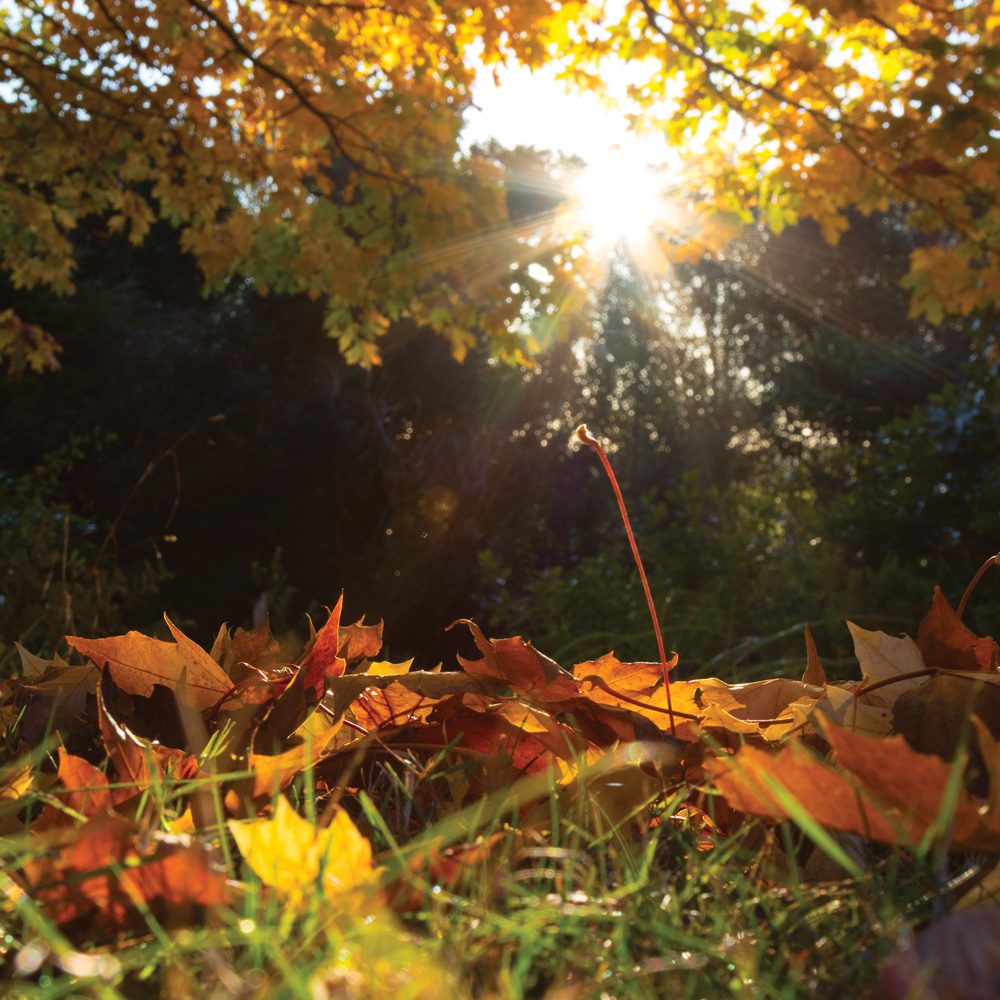rah·ku·yo | /ɹɑkujow/

In Japan, rakuyou are the fallen leaves of autumn. Japanese culture celebrates its four particularly distinct seasons as part of nature’s eternal cycle. During winter, there are cleansing festivals. In spring, the plum and cherry blossoms are celebrated and the rice plantings blessed. In summer, the crops are honoured with festivals to banish the evil spirits that bring typhoons and floods. Autumn is the time of tsukimi (moon viewing) and of course rakuyou. Ginkgo and Japanese maple trees glow with golden yellows and reds, the sunlight shining through the leaves with the transcendent quality of stained glass. As the season progresses, the leaves fall in their billions to carpet the parks and woodland – each a poignant symbol of mortality.
In London, our tiny and somewhat drab garden would annually transform into an incongruous island of brilliant colour – a lone Japanese maple radiating autumnal hues as the days cooled and shortened. In Wellington, we largely miss out on rakuyou as nearly all of the city’s woodland is either pines or native evergreens. Here and there, exotic escapees from suburban gardens such as liquidambers or maples blaze red, orange, and yellow against the great banks of green. However, to really appreciate rakuyou, we need to head inland.
Away from coastal Wellington, exotic species planted by farmers and gardeners are more common, and the greater fluctuation in daily temperatures helps to increase the intensity of the colours. As winter approaches, deciduous trees shut down their photosynthesis and the formerly dominant green chlorophyll breaks down, revealing hitherto hidden compounds of red to purple anthocyanins, yellow flavanols, and orange carotenoids.
Introduction Aeolian Alpenglow
Benthos Crepuscular Crispate Crown shyness
Desire lines Dreich Endragoned Edgelands
Frondescence Fumarole Gluggaveður Gossamer
Karst Komorebi Lawrence Long acre
Machair Monkey’s wedding Moonglade
Psithurism Quartz Rakuyou Roaring forties
Snag Soft estate Specular, diffuse and pellucid
Spoondrift Steam fog Swash zone Sylvan